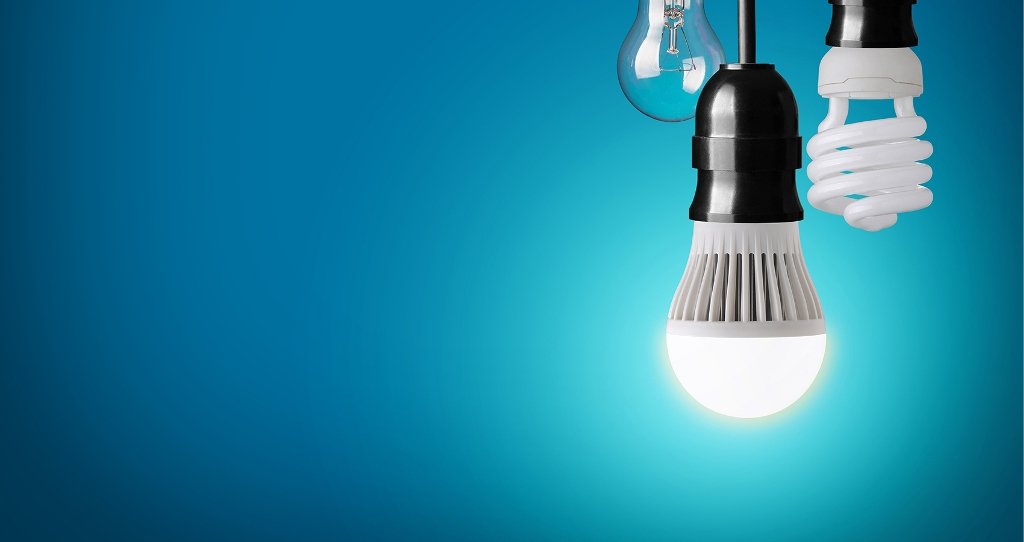
How Insulation Can Help Reduce Electricity Bills
Heating and cooling are two of the biggest offenders when it comes to household energy consumption. So, it comes as no surprise that people want to keep their homes comfortable with as little air conditioner use as possible. One of the most effective ways to do this is with home insulation.
Whether it’s keeping heat in or maintaining a cool temperature in summer, there’s so many ways that air can escape. Walls, floors, ceilings, windows and doors all pose a risk to our comfortable home conditions, and loss of warm or cool air only means one thing: Higher electricity bills. You can opt for prepaid electric service for better and great experience.
Here’s some ways to reduce energy bills using home insulation.
Effective Home Insulation
Quality home insulation is a way to stop the exchange of heat through walls, ceilings and floors. If you’re trying to heat a room during winter, but your warm air is escaping, your heating system needs to work harder. The same occurs if cold air is making its way in through your external walls.

By using insulation in your walls, you can create a barrier, which effectively holds your warm air in while keeping cold air out. The reverse applies, of course, in summer. Home insulation in your walls can keep the heat out while holding your cool air inside. The end result is your air conditioners or heaters don’t need to work as hard to maintain a comfortable temperature. Getting the right insulation for metal building will help you save energy, and it’s crucial if you want to save big bucks on utilities.
Insulation doesn’t just protect from the outside elements though, because it’s great for isolating warm or cool air throughout the house. Savvy energy savers know that it’s economical to use less rooms in winter, and only heat the ones you’re using. Without insulation, heat is going to transfer through walls and into other parts of the house. Use wall insulation to keep that heat where you want it!
Don’t Forget Roof Insulation
We’ve spoken about the walls of your house, but your ceiling and roof is another area notorious for heat loss. Similarly, in summer it is a major source of heat getting into the house when you don’t want it. There are a couple of methods used to insulate your roof and ceiling. Many homes will use reflective insulation in the roof to stop heat from entering living areas. This, however, is really only useful for heat, so it doesn’t help to reduce your energy bills in the winter.
To ensure maximum efficiency, installing a more padded variety of roof insulation will ensure your living areas stay cool in summer and warm in winter.
Sealing Doors and Windows

While insulation plays the key part in keeping a comfortable temperature in your home and reducing energy bills, there’s more to do. Air can pass easily through cracks around doors and windows, and wherever possible these should be sealed.
The construction methods used in older homes make this a tricky proposition, but you should always do a sweep around your doors and windows to check for drafts. If there’s a way to plug those gaps, do it. Your electricity bill will be all the better for it!
If you’re looking for effective ways to keep your energy bills down all year round. Make sure to do your research and install the right home insulation and roof insulation to decrease your heating and cooling costs.




